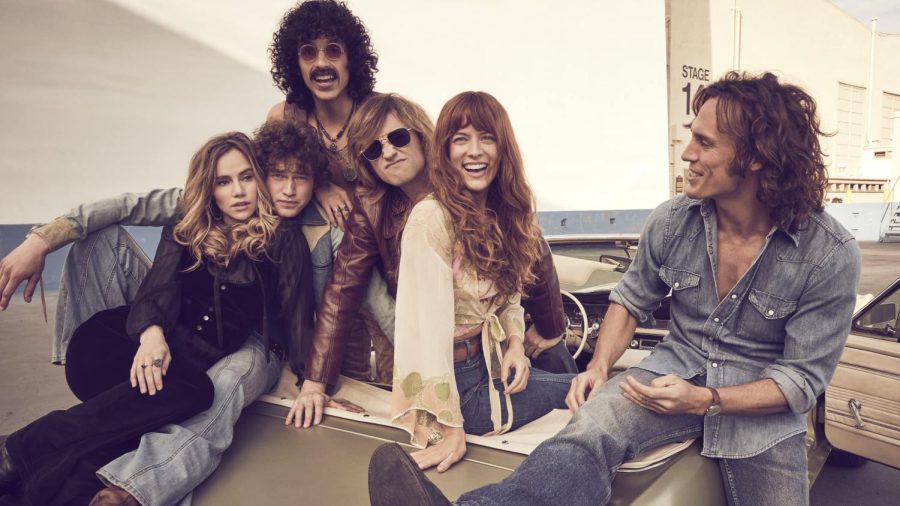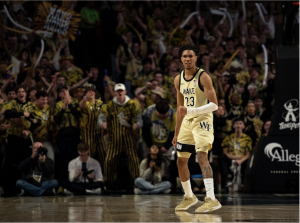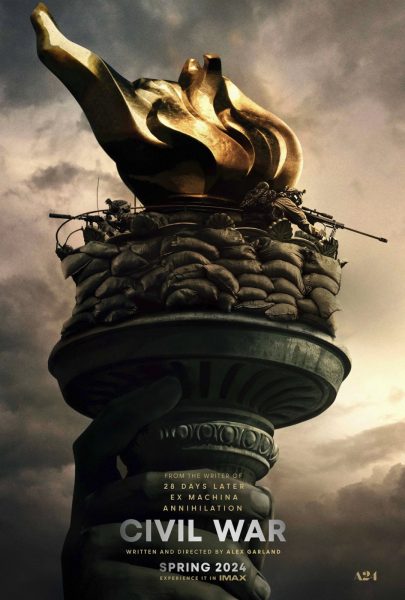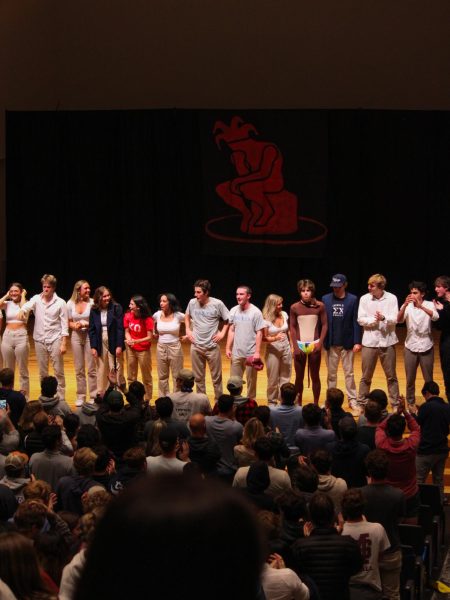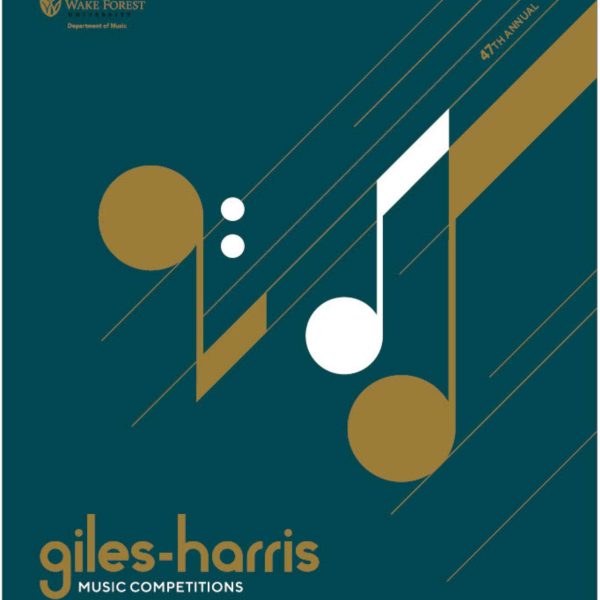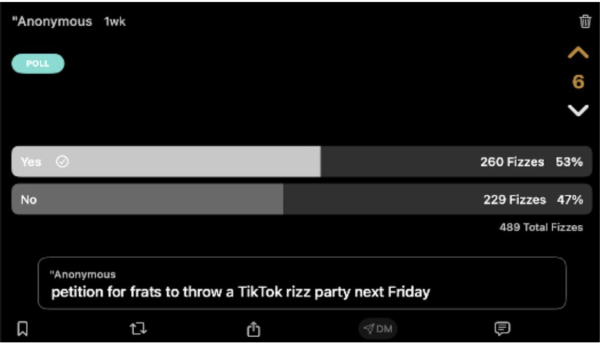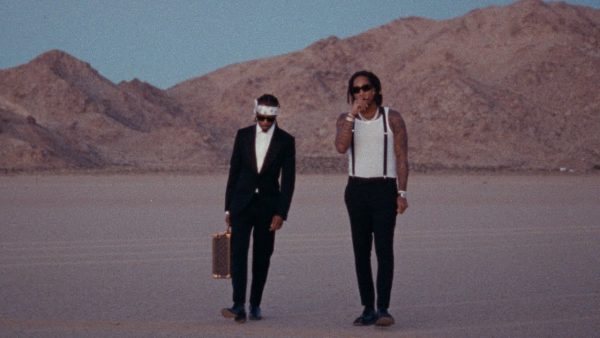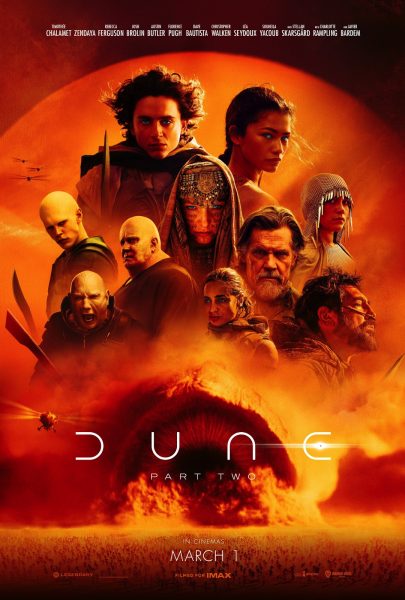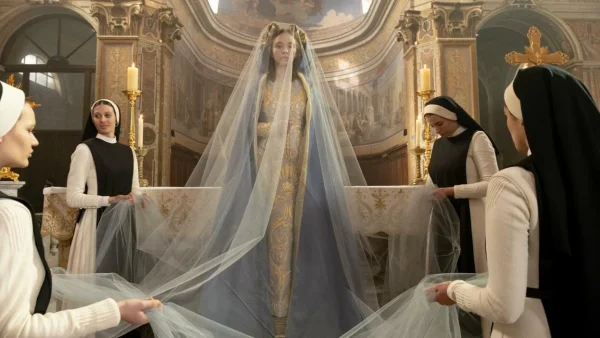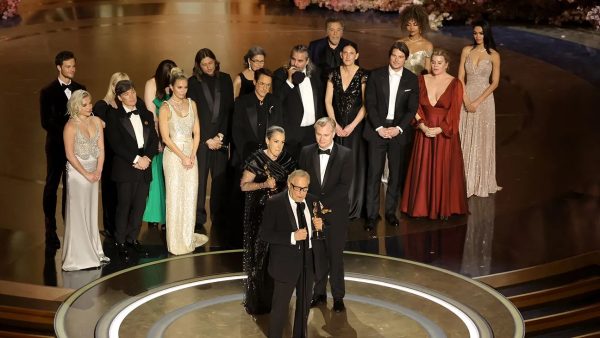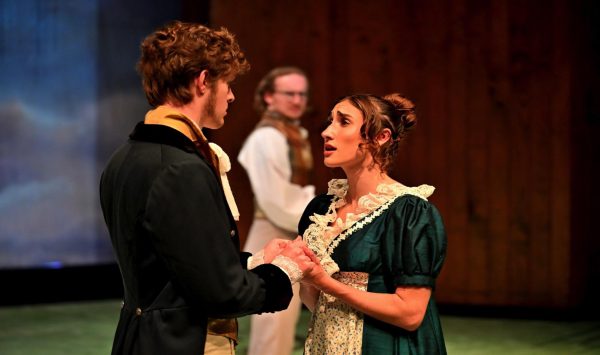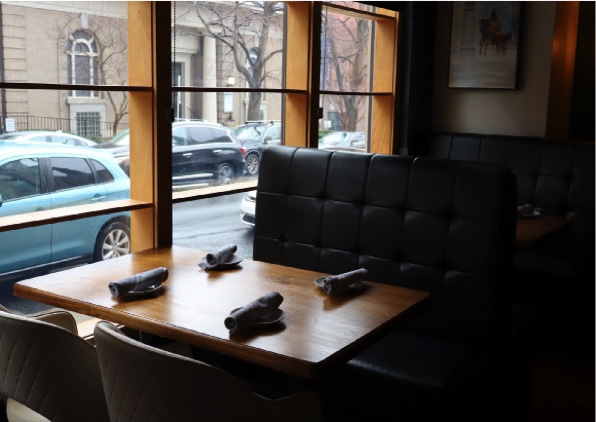Six reasons you should watch ‘Daisy Jones & The Six’
The Amazon Prime series centers on a fictional rock band
Because music plays so heavily into the show, the series’ soundtrack is impressively good.
April 6, 2023
The Amazon Prime series “Daisy Jones & The Six,” based on the bestselling novel by Taylor Jenkins Reid, chronicles the rise and fall of a fictional rock band. Here are six reasons why it deserves a binge watch:
1. Star-Studded Album
The song lyrics allow characters — especially lead singers Daisy Jones and Billy Dunne — to communicate complicated emotions on stage. “If you’re gonna let me down, let me down easy” the pair harmonizes into a shared microphone with intense eye contact suggesting a deeper meaning. Although the songs themselves differ from Jenkins Reid’s, Grammy award-winner Blake Mills produced hits like “Look At Us Now (Honeycomb)” and “The River” that were capable of propelling a group of no-names to international stardom. Co-writers include Phoebe Bridgers, Jackson Browne, Cass McCombs and Marcus Mumford.
2. 70s Outfit Inspiration
Fashion is a language of its own in “Daisy Jones & The Six.” The show’s wardrobe consists of vintage 1970s pieces, hand-picked by costume designer Denise Wingate from thrift shops and flea markets. Billy’s iconic denim-on-denim look appears for the band’s first performance on the Los Angeles Sunset Strip — signifying the birth of his rockstar persona. The androgynous yet sex-appealing suits worn by keyboardist Karen Sirko reflect her struggle to be taken seriously as a musician while retaining her femininity. Daisy is an echo of former Fleetwood Mac singer Stevie Nicks. Fur coats and draping sleeves draw a parallel between their stories of doomed romance.
3. Unreliable Narrators
One of the most enthralling qualities of “Daisy Jones & The Six” is retroactive storytelling. Instead of following the band’s highs and lows in real-time, characters recount events 50 years (or 20, in the show’s case) after the fact in an interview setting. Jenkins Reid is a master of foregoing the normal privies of an audience to a character’s thoughts. Unlike omniscient points of view, honesty is not assumed. Her celebrity protagonists are acutely aware of being read and watched and intend to preserve an image. Truth lies between the lines and behind innuendos. Characters give two versions of the same situation, and it is up to you, if anyone, to believe.
4. Portrayal of Addiction
Rockstars and drugs go hand-in-hand. Unlike shows like HBO Max’s “Euphoria,” “Daisy Jones & The Six” takes care not to glorify addiction. Billy’s partying in episode two threatens his beloved family, and during a heart-to-heart in producer Teddy Price’s car, a close shot reveals the extent of Billy’s shame and devastation. The camera does not shy from Daisy’s cocaine-induced injuries — from bleeding wounds after walking on broken glass to gruesome gashes from falling mid-performance. In this show, drug abuse brings nothing but pain, and sobriety is celebrated.
5. Female Relationships
“Daisy Jones & The Six” portrays both the struggle of women in the music industry and the bonds that emerge between them. “I’m not interested in being anybody’s muse,” shouts Daisy early in the series when a date tries to poach her song idea, “I’m the somebody!” When her best friend and disco pioneer Simone Jackson faces sexual harassment and then backlash for standing up for herself, Daisy reminds her to have no regrets. Women online have applauded an exchange between Karen and Camila Alvarez, the band’s photographer and Billy’s wife, for its authentic portrayal of how women relay sensitive information using their eyes and facial expressions.
6. The Finale
Episode 10 of “Daisy Jones & The Six” transformed an enjoyable show into one about which to write an Old Gold & Black article. The emotional threads woven throughout the series go taut at once during the band’s final performance in Chicago — creating a tidal wave of climactic moments. Song lyrics and errant glances take on new meaning as the afternoon’s events form an iceberg capable of taking down the Titanic. The audience watches, helpless, as Daisy Jones & The Six crash for an hour and six minutes.


